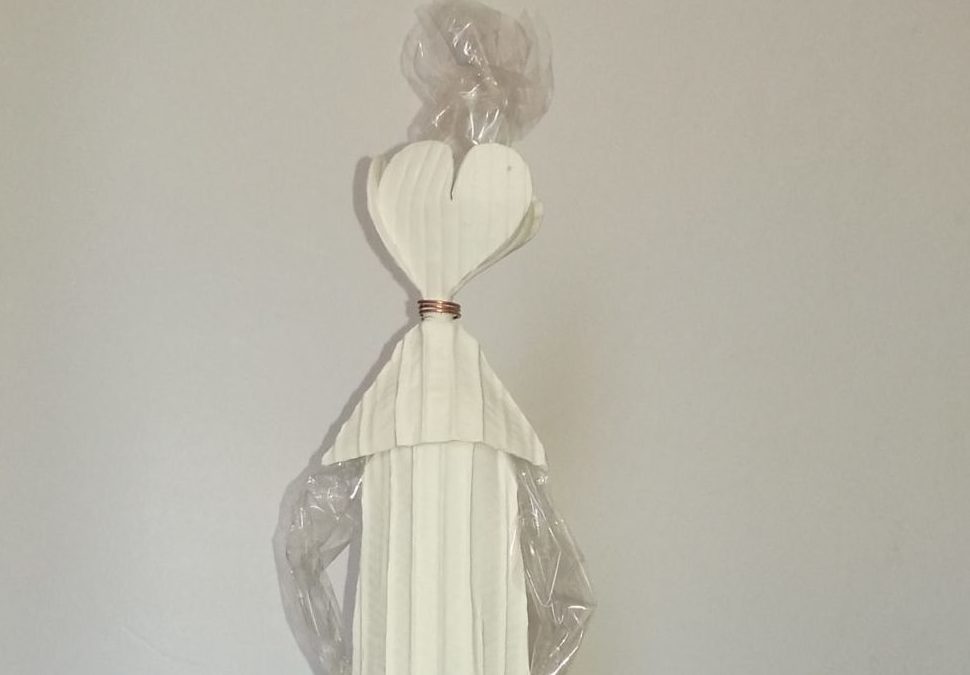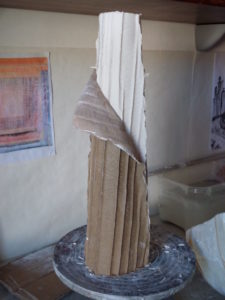
Porcelain-Paperclay-Tulip-Lady-stage-2
I keep working on the Ladies, I want to give shape and voice to many women, to the many women who are in me, to their heart, always present, to their hair that express personality, problems, stress, seduction and changes. Too bad they are always a bit electrified, but it’s nothing to be surprised about.
Like many Quino’s Mafaldas, grown up, who keep on being so preoccupied with the future of the world that their hair can’t help but stand on end.
The majority of my work on them focuses on the body which is in porcelain paperclay. In these last ladies I utilized cardboard molds and outlines for similarity of material, practicality, lightness and sustainability.
Paperclay is a mix of clay and pulp of paper, it can be obtained with different types of clay and paper, recycled, newspaper, scrap paper etc.
All types of clay can be used, and depending on the type being used a different ceramic product will come out. It is prepared at the liquid state, after the paper has been transformed in pulp and it is used both at the liquid and plastic state; in which case it is necessary to take the water out of the mix.
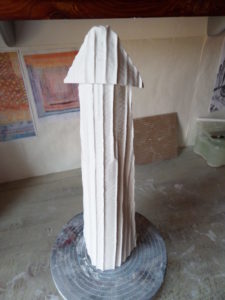
Porcelain-Paperclay-Tulip-Lady-stage-3
It is an economical material and particularly resistant at its crude state. After cooking its resistance decreases based on the amount of paper that was added to the compound.
The aspect of paperclay that seduced me the most is its lightness, because both at its crude and cooked states it is possible to obtain sculptures that are very thin, and since the paper burns out after cooking, the whole sculpture becomes lighter.
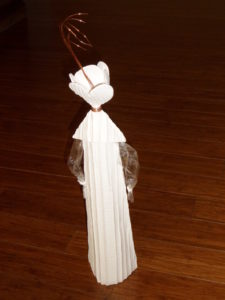
Porcelain-Paperclay-Tulip-Lady
Another extraordinary aspect of paperclay is its versatility, because it’s possible to work on it within much more dilated times compared to the common ceramic process. For example, it’s possible to assemble different parts of an opera at the dry state, or bring it back from the dry state to the plastic state, which is unimaginable with the traditional method. Otherwise, it is possible to force the exsiccation reducing the risk of cracking, and it ultimately easily supports the application of color or glaze at first firing.
It is a material that was born around the middle of last century and it has opened to the art world various creative possibilities, both in the ceramic realm and not, reducing production times and bypassing the often complex research for laboratories and ceramic kilns.
I had never used porcelain, my first approach has been with paperclay and I have to admit that I find a highly pleasant material, a concentration of purity, resistance, lightness.
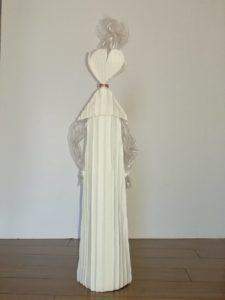
Porcelain-Paperclay-My-Plastic-Tulip-Lady
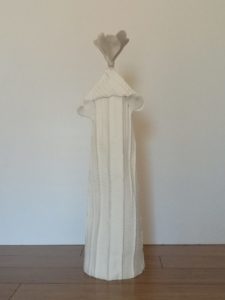
Porcelain-Paperclay-Heart-Tulip-Lady
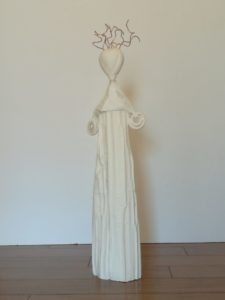
Porcelain-Paperclay-Mafalda-Tulip-Lady
